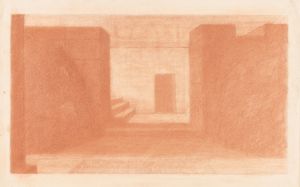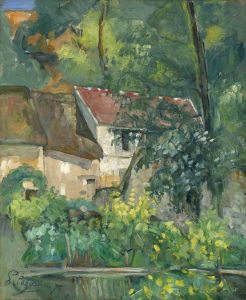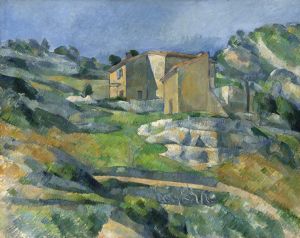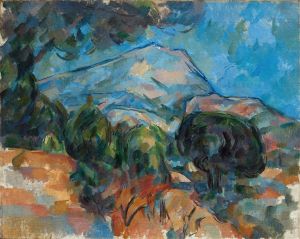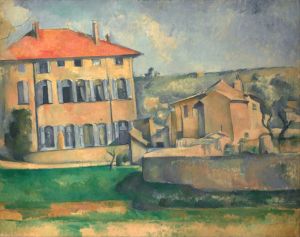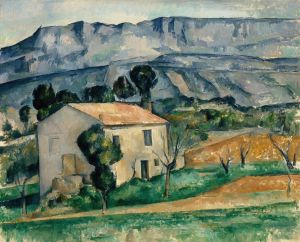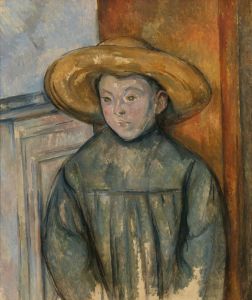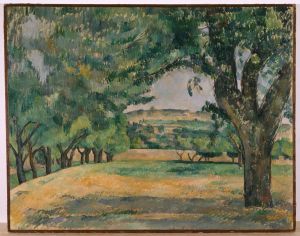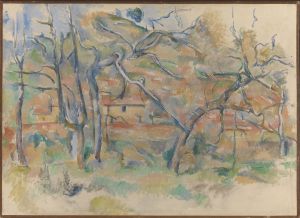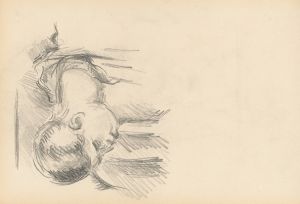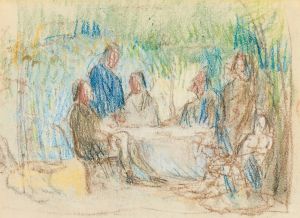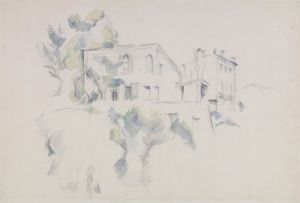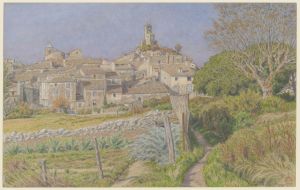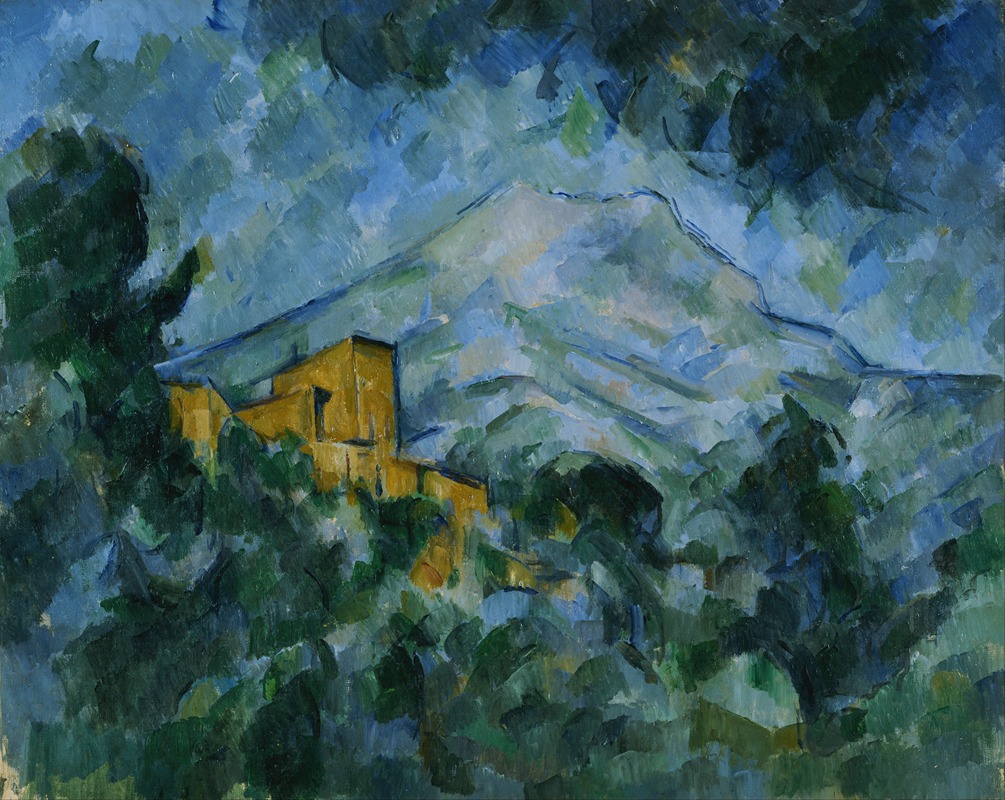
Mont Sainte-Victoire and Château Noir
A hand-painted replica of Paul Cézanne’s masterpiece Mont Sainte-Victoire and Château Noir, meticulously crafted by professional artists to capture the true essence of the original. Each piece is created with museum-quality canvas and rare mineral pigments, carefully painted by experienced artists with delicate brushstrokes and rich, layered colors to perfectly recreate the texture of the original artwork. Unlike machine-printed reproductions, this hand-painted version brings the painting to life, infused with the artist’s emotions and skill in every stroke. Whether for personal collection or home decoration, it instantly elevates the artistic atmosphere of any space.
"Mont Sainte-Victoire and Château Noir" is a painting by the French Post-Impressionist artist Paul Cézanne. Created between 1904 and 1906, the work is one of Cézanne's many depictions of Mont Sainte-Victoire, a mountain located in the Provence region of southern France. This particular painting also features Château Noir, a structure that Cézanne frequently included in his later works. Both the mountain and the château were recurring motifs in Cézanne's art, reflecting his deep connection to the Provençal landscape and his interest in exploring the interplay of form, light, and color.
Cézanne's fascination with Mont Sainte-Victoire began in the 1880s, and he painted the mountain numerous times over the course of his career. For Cézanne, the mountain was not only a prominent feature of the landscape near his hometown of Aix-en-Provence but also a subject through which he could experiment with his innovative approach to composition and perspective. In "Mont Sainte-Victoire and Château Noir," Cézanne employs his characteristic technique of building up the image through small, deliberate brushstrokes, creating a sense of structure and solidity while maintaining a dynamic, almost abstract quality.
The painting is notable for its use of color and spatial organization. Cézanne's palette in this work includes earthy greens, blues, and ochres, which evoke the natural tones of the Provençal countryside. The composition is structured in a way that emphasizes the geometric forms of the landscape, with the mountain, trees, and château rendered as interlocking shapes. This approach reflects Cézanne's desire to capture the underlying order and harmony of nature, a goal that would later influence the development of modern art movements such as Cubism.
Château Noir, a dark, somewhat mysterious building located near Aix-en-Provence, served as a studio and retreat for Cézanne during his later years. In this painting, the château is depicted nestled among trees, its angular form contrasting with the sweeping curves of the mountain in the background. The juxtaposition of natural and man-made elements adds depth and complexity to the composition.
"Mont Sainte-Victoire and Château Noir" is considered an important example of Cézanne's mature style, showcasing his ability to balance representation and abstraction. The painting is housed in the National Gallery of Art in Washington, D.C., where it remains a significant piece in the study of Cézanne's contribution to the evolution of modern art.





